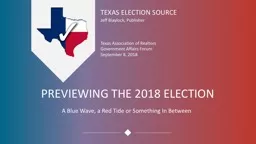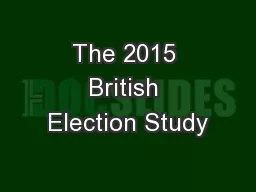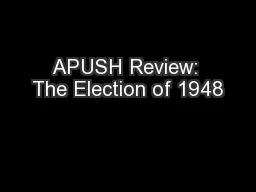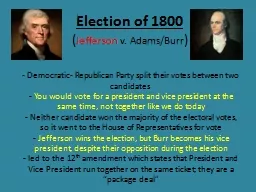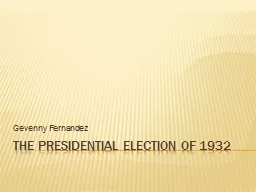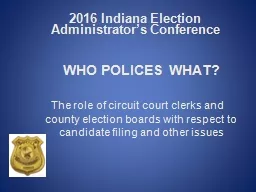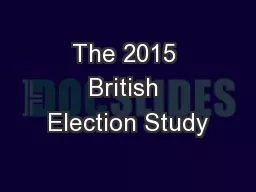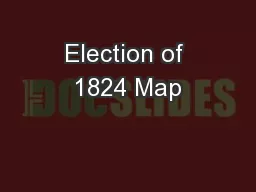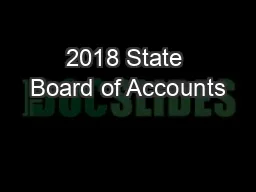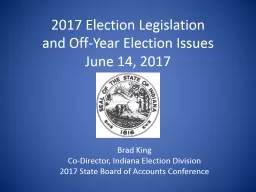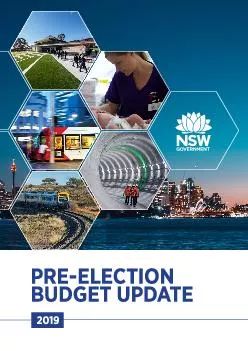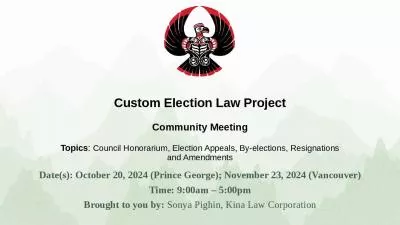PPT-PREVIEWING THE 2018 ELECTION
Author : stefany-barnette | Published Date : 2018-11-28
A Blue Wave a Red Tide or Something In Between TEXAS ELECTION SOURCE Jeff Blaylock Publisher Texas Association of Realtors Government Affairs Forum September 8 2018
Presentation Embed Code
Download Presentation
Download Presentation The PPT/PDF document "PREVIEWING THE 2018 ELECTION" is the property of its rightful owner. Permission is granted to download and print the materials on this website for personal, non-commercial use only, and to display it on your personal computer provided you do not modify the materials and that you retain all copyright notices contained in the materials. By downloading content from our website, you accept the terms of this agreement.
PREVIEWING THE 2018 ELECTION: Transcript
Download Rules Of Document
"PREVIEWING THE 2018 ELECTION"The content belongs to its owner. You may download and print it for personal use, without modification, and keep all copyright notices. By downloading, you agree to these terms.
Related Documents

